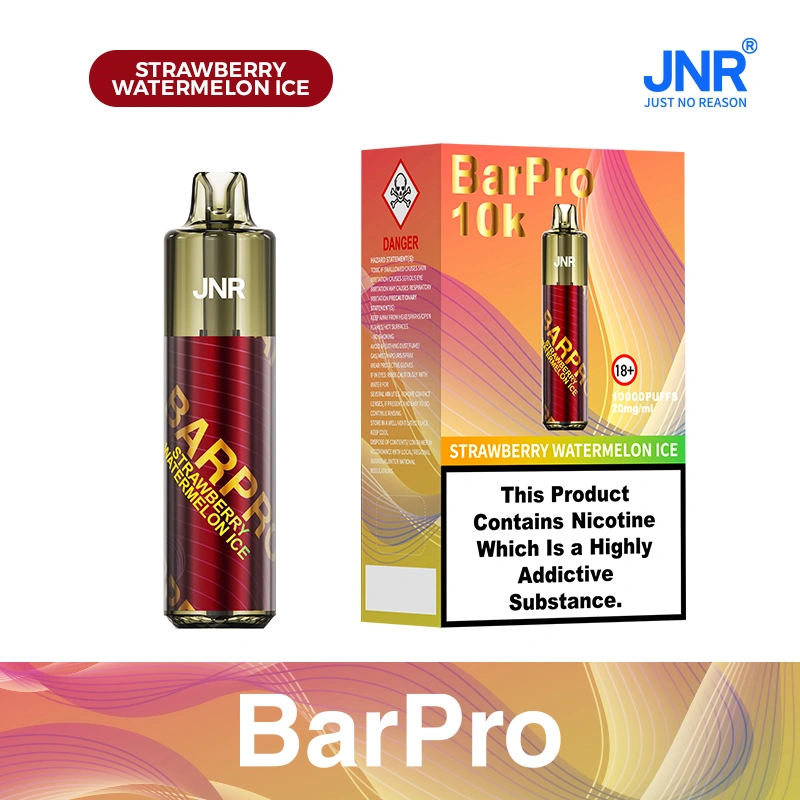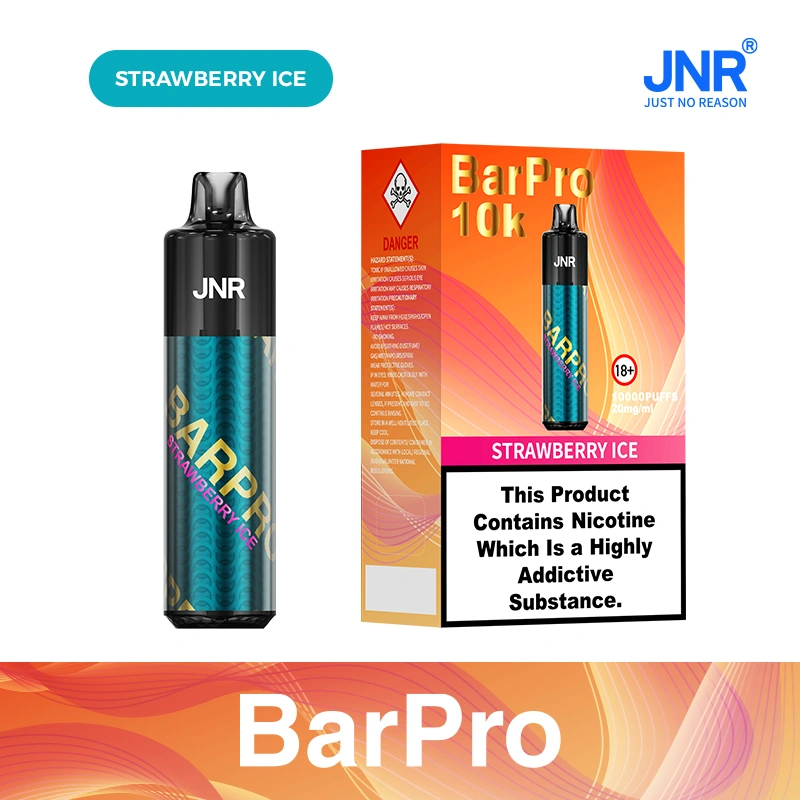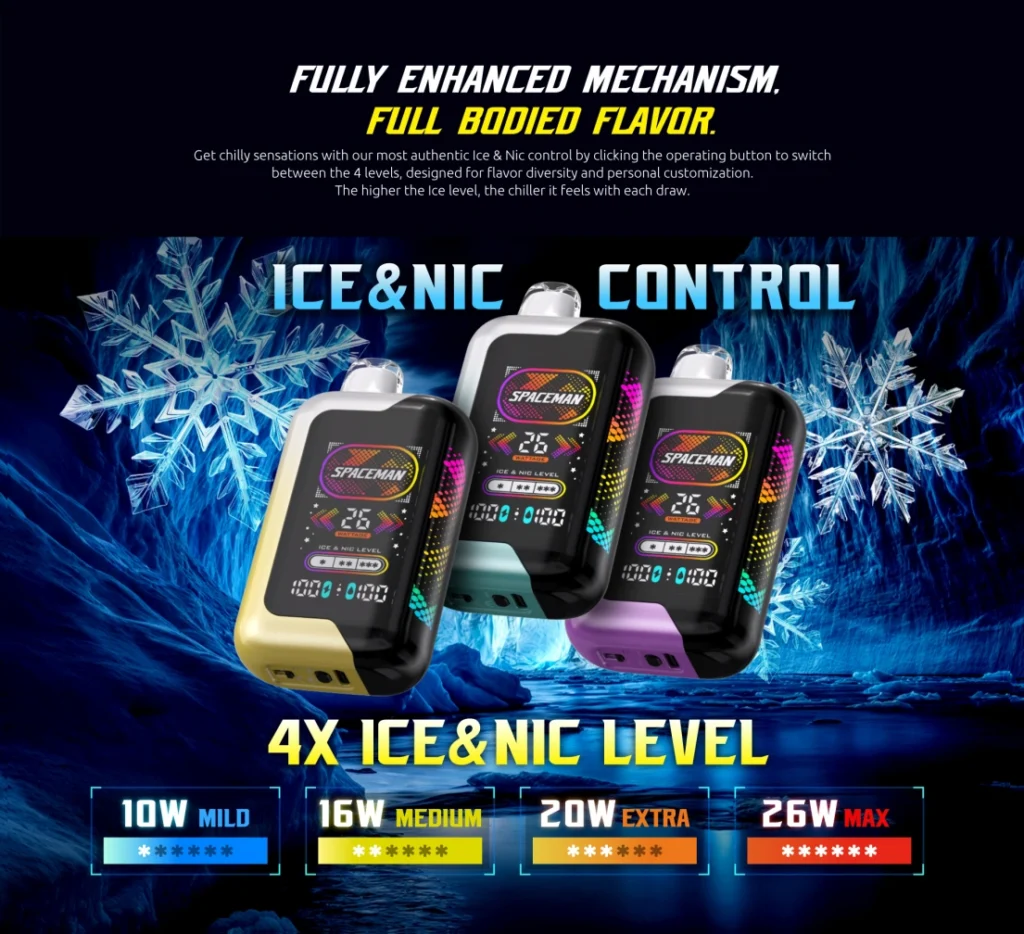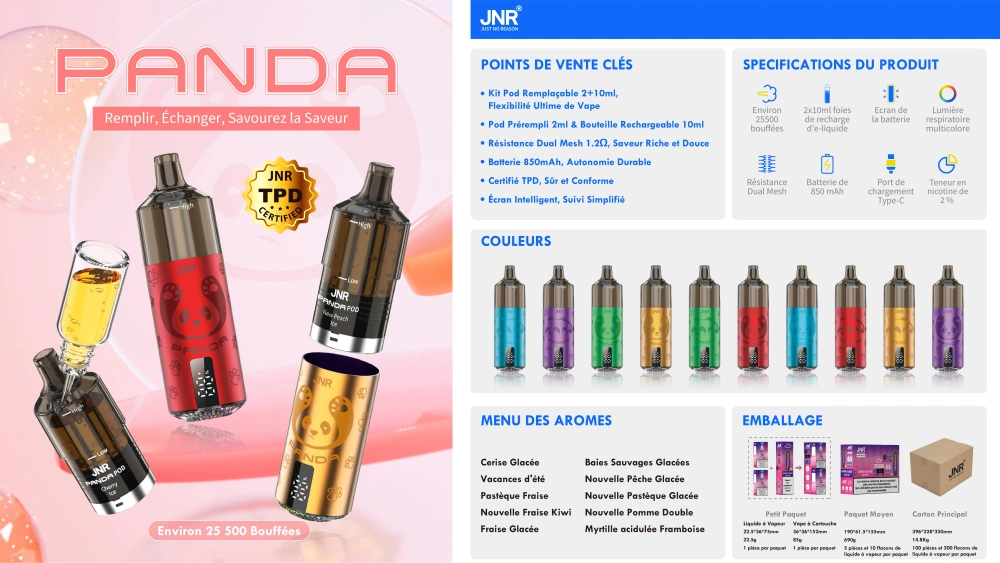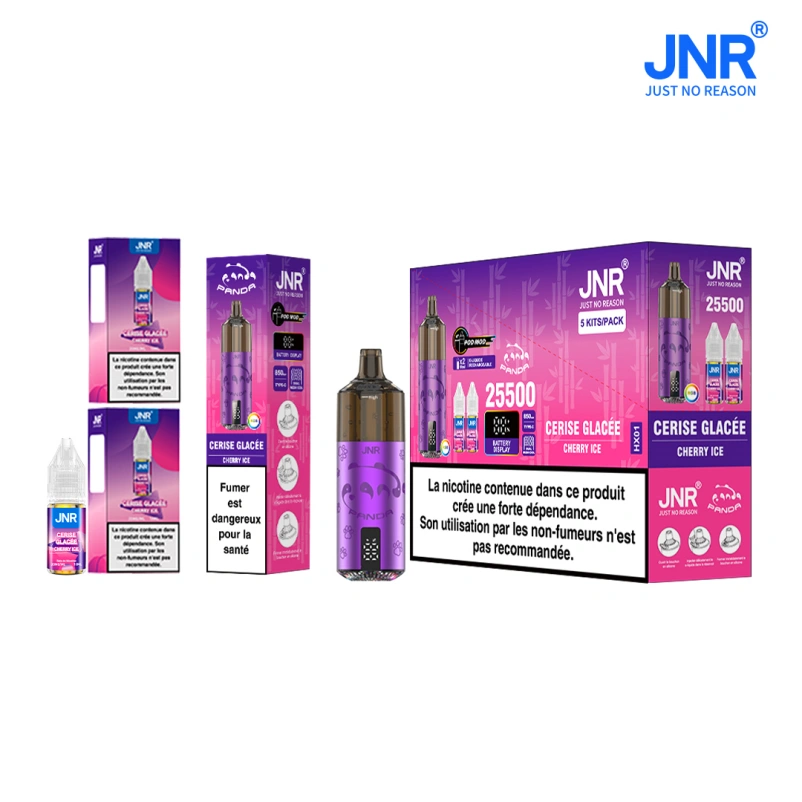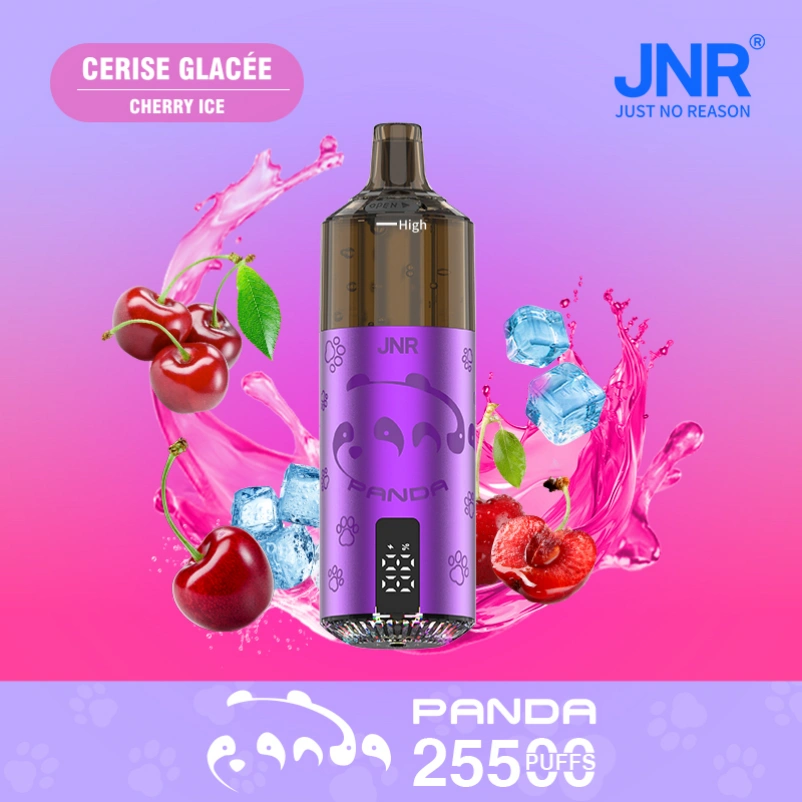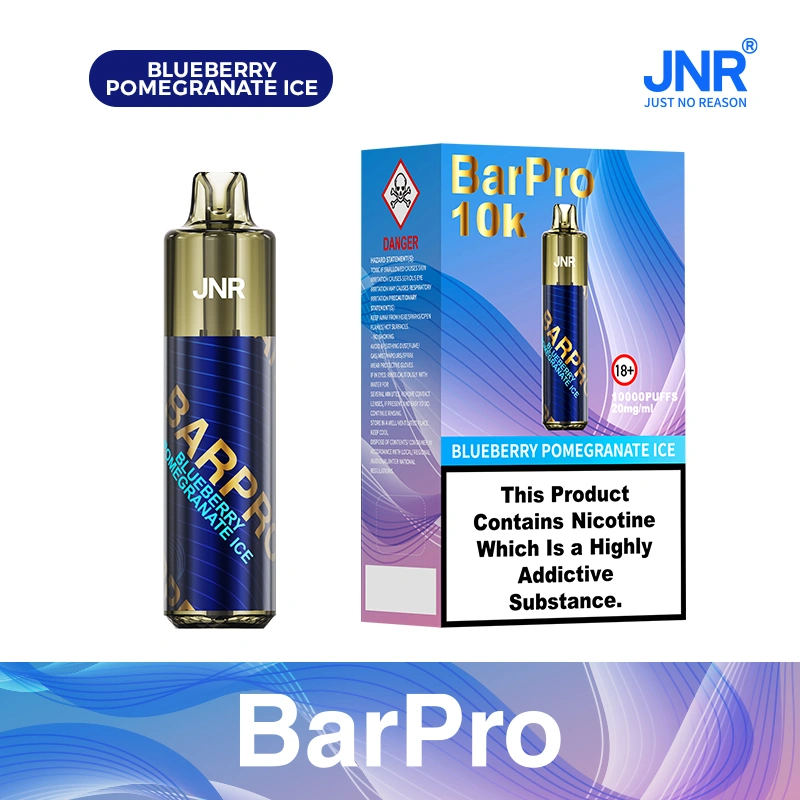Patarimai, kaip reguliuoti elektroninių cigarečių galią

Advanced Techniques for Adjusting E-Cigarette Power Output
Understanding the Core Principles of Power Regulation
The relationship between power (W), voltage (V), and resistance (Ω) forms the foundation of e-cigarette power adjustment. The formula W = V²/R enables precise calculation of optimal power settings based on coil resistance. For instance, a 0.5Ω coil paired with a 3.7V battery delivers approximately 27.38W (3.7² ÷ 0.5), while a 0.2Ω coil under the same voltage reaches 68.45W. Modern devices with real-time voltage monitoring allow users to observe output fluctuations during adjustments, ensuring parameters stay within safe ranges.
Battery voltage dynamics also play a critical role. A fully charged lithium-ion battery typically operates at 4.2V, gradually dropping to 3.2V as it depletes. Advanced users leverage this voltage range to fine-tune power delivery—for example, maintaining 30W output requires adjusting resistance or using voltage boost circuits in low-battery scenarios.
Matching Power to Coil Specifications
Coil resistance directly dictates power requirements. Low-resistance coils (0.1–0.5Ω) demand higher power (40–100W+) to avoid underperformance, while high-resistance coils (1.0–2.0Ω) function optimally at 10–35W. A common empirical rule suggests dividing 17 by the coil resistance to estimate baseline power:
- 0.4Ω coil: 17 ÷ 0.4 = 42.5W (actual range: 28–30W for dual-coil setups)
- 1.2Ω coil: 17 ÷ 1.2 ≈ 14.17W (adjusted to 50–70W for flavor-focused builds)
Coil material and structure further influence settings. Clapton or fused clapton coils, with their intricate wraps, require 5–10W higher power than standard round-wire coils of the same resistance to compensate for increased surface area. Similarly, mesh coils excel at 30–50W due to their even heat distribution, reducing hotspots and improving flavor consistency.
Optimizing Power for Vaping Style and Device Type
Garinimas iš burnos į plaučius (MTL)
MTL enthusiasts prioritize discreet vapor production and throat hit, favoring high-resistance coils (1.0–2.0Ω) at 8–18W. Narrow-bore drip tips and restricted airflow systems enhance nicotine delivery, making lower power settings ideal. For example, a 1.6Ω coil paired with 12mg nicotine salt e-liquid delivers a satisfying experience at 12–15W, mimicking the sensation of traditional cigarettes.
Tiesioginis garinimas į plaučius (DTL)
DTL vaping demands larger clouds and airflow, necessitating low-resistance coils (0.15–0.5Ω) at 50–100W+. Sub-ohm tanks with adjustable bottom airflow slots allow users to balance vapor density and temperature. A 0.3Ω coil at 70W produces dense clouds when paired with 70VG/30PG e-liquids, while 0.15Ω coils may require 80–100W for optimal performance in rebuildable dripping atomizers (RDAs).
Temperature Control (TC) Mode
TC devices regulate power based on coil temperature rather than wattage, preventing dry hits and extending coil lifespan. Nickel (Ni200), titanium (Ti), and stainless steel (SS316L) coils are commonly used in TC mode, with temperature limits set between 200–300°C (392–572°F). For instance, a 0.3Ω SS316L coil at 250°C maintains consistent flavor and vapor production, automatically adjusting power to counteract e-liquid depletion.
Advanced Troubleshooting and Safety Considerations
Avoiding Burnt Hits
Exceeding a coil’s power threshold causes e-liquid to vaporize too quickly, resulting in a burnt taste. Symptoms include:
- Dry wicking: Insufficient e-liquid saturation leads to overheating. Prime new coils by saturating the wick manually before use.
- High power with thin e-liquids: 50/50 PG/VG blends vaporize faster than 70VG/30PG mixes, requiring lower power settings.
- Old coils: Replace coils every 1–2 weeks, or sooner if flavor deteriorates or vapor production drops.
Battery Safety
Lithium-ion batteries dominate the e-cigarette market but require careful handling:
- Avoid overcharging: Use devices with overcharge protection or unplug batteries once fully charged.
- Prevent short circuits: Inspect battery wraps for tears and ensure positive/negative terminals align correctly.
- Monitor amperage: High-power setups (e.g., 0.1Ω coil at 100W) draw 10A, exceeding the safe limit of many 18650 batteries. Opt for 20A+ cells or parallel battery configurations for such builds.
Device-Specific Calibration
Some devices feature proprietary algorithms that alter power delivery based on usage patterns. For example, certain mods reduce power by 10% after 10 consecutive puffs to prevent overheating. Users should consult manuals to understand these features and adjust settings accordingly.
By mastering these techniques, vapers can tailor their experience to personal preferences while ensuring safety and device longevity. Experimentation within calculated parameters remains key to discovering the perfect balance of flavor, vapor, and throat hit.


